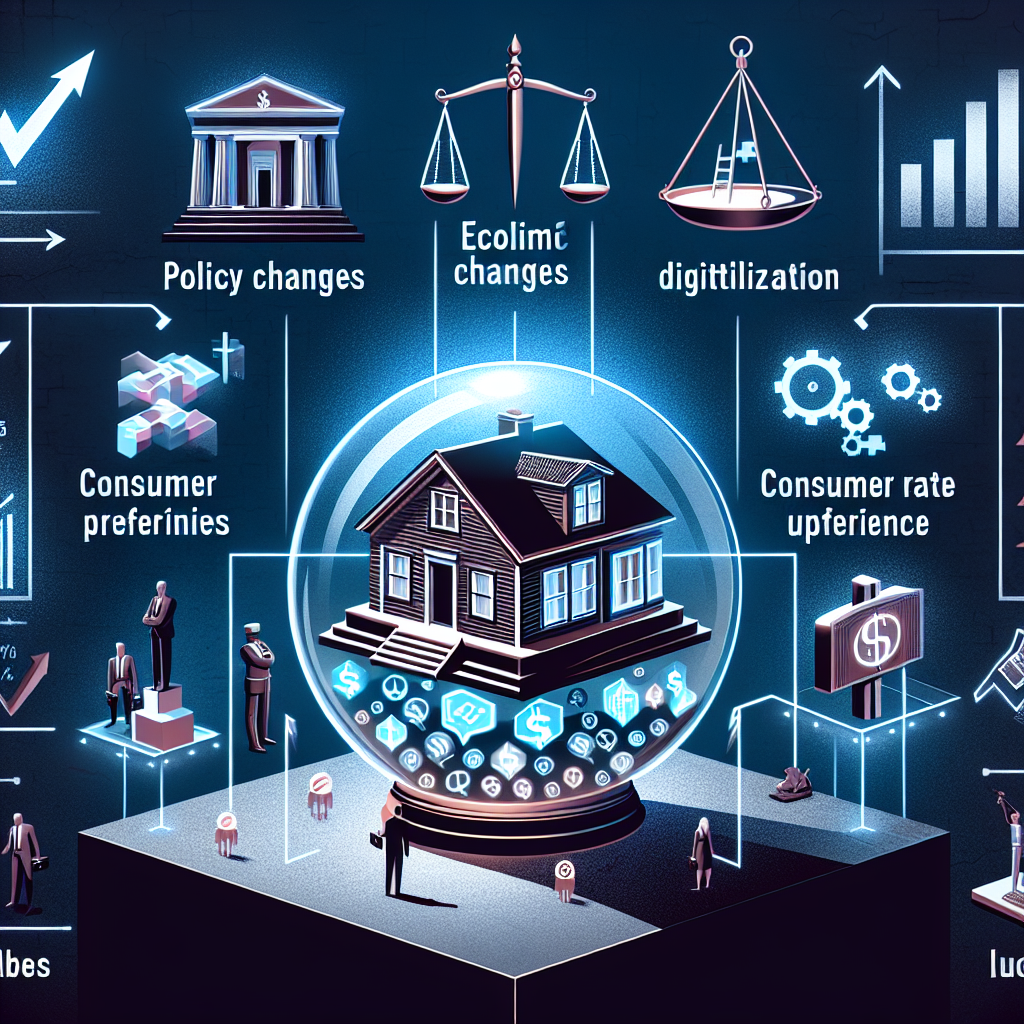Pending home sales rebounded strongly in January, according to the National Association of Realtors. All four major regions saw growth last month, with the largest increase occurring in the South.
The Pending Home Sales Index, a forward-looking indicator based on contract signings, increased 4.6 percent to 103.2 in January, up from 98.7 in December. Year-over-year contract signings, however, declined 2.3 percent, making this the 13th consecutive month of annual decreases.
[caption id="attachment_9286" align="alignleft" width="214"] NAR Chief Economist, Lawrence Yun[/caption]
NAR Chief Economist, Lawrence Yun[/caption]
"A change in Federal Reserve policy and the reopening of the government were very beneficial to the market," said Lawrence Yun, NAR chief economist, who had expected an increase in January home sales..
Of the four major regions, three areas experienced a decline compared to one year ago, while the Northeast enjoyed a slight growth spurt. Also, Yun said higher rates discouraged many would-be buyers in 2018. "Homebuyers are now returning and taking advantage of lower interest rates, while a boost in inventory is also providing more choices for consumers."
Among the areas with the largest inventory boosts are: Denver-Aurora-Lakewood, Colo., Seattle-Tacoma-Bellevue, Wash., San Diego-Carlsbad, Calif., Los Angeles-Long Beach-Anaheim, and Nashville-Davidson-Murfreesboro-Franklin, Tenn., saw the largest increase in active listings in January compared to a year ago.
[adbutler zone_id="326324"]
[adbutler zone_id="326327"]
Yun says positive pending home sales figures in January will likely continue. "Income is rising faster than home prices in many areas and mortgage rates look to remain steady. Furthermore, job creation will help lift home buying."
In 2019, Yun forecasts for existing-home sales to be around 5.28 million, down 1.1 percent from 2018, 5.34 million. The national median existing-home price this year is expected to increase around 2.2 percent. In 2018, existing sales declined 3.1 percent and prices rose 4.9 percent.
The PHSI in the Northeast rose 1.6 percent to 94.0 in January and is now 7.6 percent above a year ago. In the Midwest, the index rose 2.8 percent to 100.2 in January, 0.3 percent lower than January 2018.
Pending home sales in the South jumped 8.9 percent to an index of 119.8 in January, which is 3.1 percent lower than this time last year. The index in the West increased 0.3 percent in January to 87.3 and fell 10.1 percent below a year ago.







